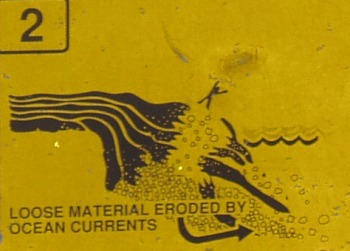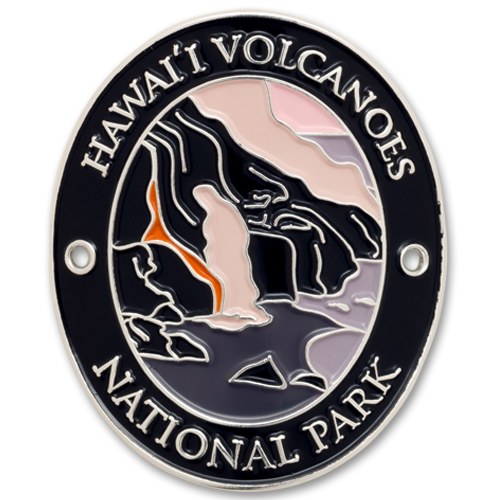

The railway from Caboolture to Landsborough, built in 1890, opened the way for more intensive settlement.

Vast areas of timber were felled and burnt to make way for farming and stock. European settlementĭuring the 1860s, much changed for the First Nations People.


The Glass House Mountains area provided many resources from a varied and rich environment that included river systems, open forests, coastal wetlands and mountain forests. The bush here sustained people for tens of thousands of years. Early missionaries in this area saw gatherings of thousands of people. This way a crowd of hundreds of people could be catered for with minimal effort. Before the land use changed, First Nations People planned large festivals and gatherings, such as bunya nut festivals, at times when local food sources were peaking. Before European settlement, the area was a special meeting place where many First Nations Peoples gathered for ceremonies and trading.įirst Nations Peoples continue to 'read' environmental signs and know that certain events (such as a tree flowering) heralded another food supply. Culture and history First Nations People links to the landįor the First Nations People, the Glass House Mountains area is considered spiritually significant with many ceremonial sites protected today. Interesting vertical columns that formed as the volcanic mountains cooled can be seen at Mount Beerwah and Mount Ngungun. Millions of years of erosion have removed the surrounding exteriors of the volcanic cones and softer sandstone rocks, leaving the magnificent landscape features you see today. Molten rock filled small vents or intruded as bodies beneath the surface and solidified into hard rocks-trachyte and rhyolite. The Glass House Mountains are intrusive plugs-remnants of volcanic activity that occurred approximately 25–27 million years ago. The glossy black-cockatoo, which is considered vulnerable to extinction, is found in the Glass House Mountains area. Many birds such as kookaburras, cockatoos, lorikeets, rosellas and peregrine falcons can also be seen. This area is home to koalas, goannas, echidnas and grey kangaroos. These diverse areas, and particularly the rocky pavements of the peaks, are important for biodiversity, providing habitat for twenty plant species of conservation significance.ĭiscover more about the park’s plants by purchasing a copy of the Ranger Field guide: Native plants of Glass House Mountains National Park. The peaks themselves protect montane heath-an uncommon community on the Queensland coast-while heathlands, forest and woodlands are found across the surrounding hills and plains. Glass House Mountains National Park contains a wide variety of terrain such as rocky peaks and pavements, steep hill slopes, gullies and swampy coastal plains which provide habitat for many different vegetation communities. The park has significant landscape and conservation values. "These hills lay but a little way inland and not far from each other, they are very remarkable on account of there singlar form of elivation, which very much resemble glass houses which occasioned my giving them that name…" Natural environment The following extract from Cook's journal on Thursday, noted: The Glass House Mountains were named by Lieutenant James Cook in 1770. The craggy peaks of the Glass House Mountains tower above the surrounding Sunshine Coast landscape. Photo credit: Queensland Government Nature, culture and history Note: For the drops of other enemies, refer to their individual enemy pages.Įach screen in this stage uses different landscapes and tilesets (some being from the boss stages).Exotic pine plantations have surrounded the Glass House Mountains since the 1930s. For the EXP of other enemies, please refer to the individual enemy pages.Ĭontains both bosses from Snowfield 9 and Frozen Lake.Ĭontains both bosses from Forest 3 and Forest 6.Ĭontains both bosses from Forest 4 and Forest 5, and enemies in Forest 4 if spawned.Ĭontains all bosses from the Inferno series.Ĭontains both bosses from Beach 4 and Blood Lake.Ĭontains both bosses from Cavern 7 and Cavern 8.Ĭontains all bosses from Hell 7, Hell 8 and Hell Gate. Note: There is only one of each kind of enemies unless otherwise specified. Therefore, it could be considered another hidden stage in a similar vein to those two stages. This stage lacks a "pathway" leading to the stage, similarly to ? and !!!.This stage has the most screens out of any stage in the game, with 13.


 0 kommentar(er)
0 kommentar(er)
